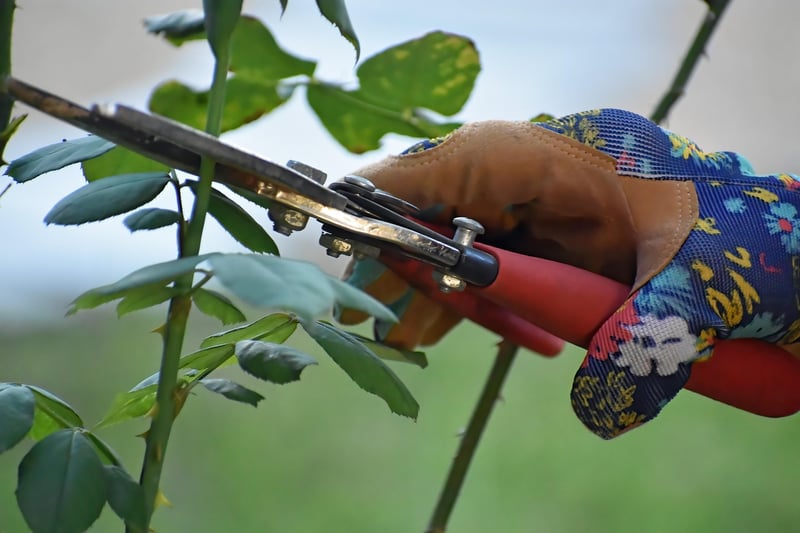Pruning Techniques
Maintain Plant Health with Proper Pruning Techniques
Proper pruning is essential for maintaining the health and appearance of your plants. By using the right techniques, you can promote growth, improve flowering, and prevent diseases. Here are some tips to help you prune your plants effectively:
1. Choose the Right Tools
Before you start pruning, make sure you have the right tools for the job. Sharp and clean pruning shears, loppers, and saws will make the process easier and minimize damage to the plant.
2. Identify the Branches to Prune
Look for dead, damaged, or diseased branches that need to be removed. Also, identify any crossing branches that may rub against each other and cause wounds.
3. Follow Proper Pruning Techniques
- Make clean cuts: Cut at a 45-degree angle just above a bud or lateral branch to promote healing.
- Remove dead wood: Prune out dead branches to prevent the spread of diseases and improve air circulation.
- Thin out crowded areas: Remove excess branches to allow more light and air into the plant.
- Prune at the right time: Different plants require pruning at specific times of the year. Research the best time for each type of plant in your garden.
4. Consider the Plant's Growth Habit
Understand how your plant grows to prune it correctly. Some plants produce new growth from the base, while others sprout from older wood. Tailor your pruning technique to encourage healthy growth.
5. Monitor and Maintain
Regularly inspect your plants for any signs of overgrowth, disease, or pests. Prune as needed to keep your plants in optimal condition throughout the year.
By following these pruning techniques, you can ensure that your plants remain healthy, vigorous, and visually appealing. Remember to always research specific plant requirements and adjust your pruning methods accordingly.

For more information on plant care and gardening, visit Royal Horticultural Society.
